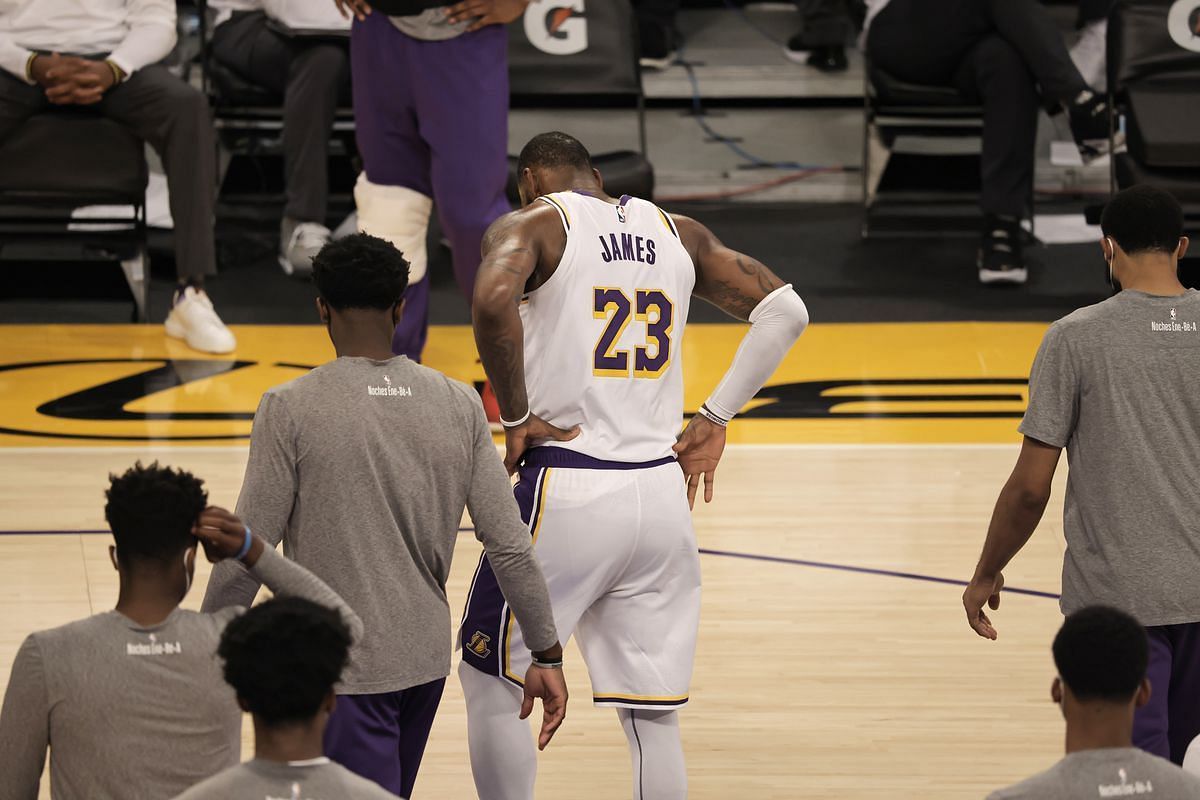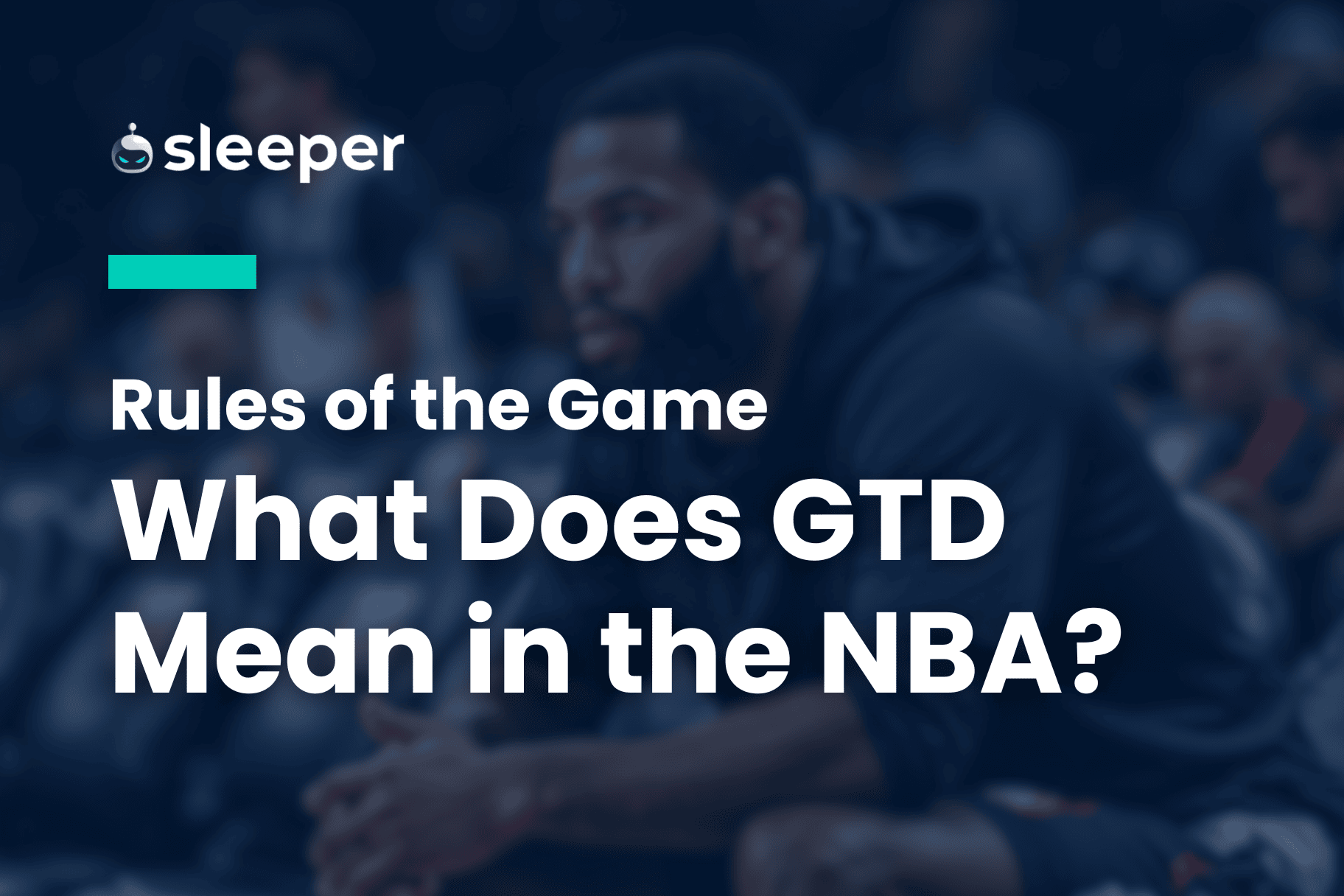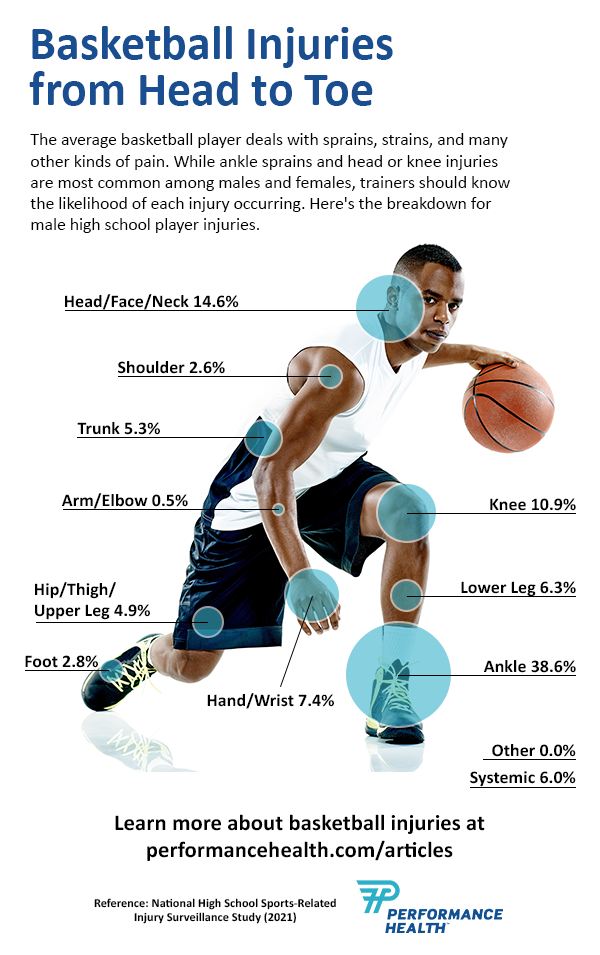What Does GTD Mean In The NBA? Breaking It Down For Fans
Hey there, basketball enthusiasts! In the high-octane world of the NBA, staying on top of the latest lingo is a must. Whether you're into real games, fantasy hoops, or even betting, understanding the terminology can be a game-changer. One term that gets tossed around a lot is GTD. Let’s dive in and figure out exactly what GTD means in the NBA and why it matters to you.

TABLE OF CONTENTS
Key Takeaways
- GTD, or Game-Time Decision, is typically assigned to players dealing with injuries or illnesses.
- Coaches strategically use GTD to keep opponents guessing, adding an extra layer of unpredictability to the game.
- This status can significantly impact fantasy basketball strategies, betting odds, and even team lineups, making it crucial for fans and analysts alike.
What Does GTD Mean in the NBA?
Alright, let’s get into the nitty-gritty. GTD stands for Game-Time Decision. In the NBA, when a player is labeled as GTD, it means their participation in the game is uncertain and will only be decided right before the game kicks off. This decision often comes after medical personnel assess the player during the warm-up period. As noted by TheBasketballXpert, the call is usually made around 30 to 60 minutes before tip-off.
The player's readiness to compete is evaluated right before the game, often during warm-ups, to ensure they’re in top form.
For example, CBS Sports reported that Suns superstar Kevin Durant was marked as GTD ahead of a matchup against the Timberwolves in January 2025. This label keeps everyone on their toes, including fans, coaches, and fantasy league managers.
Read also:Why This Teachers Tiktok Lesson Is Winning Hearts
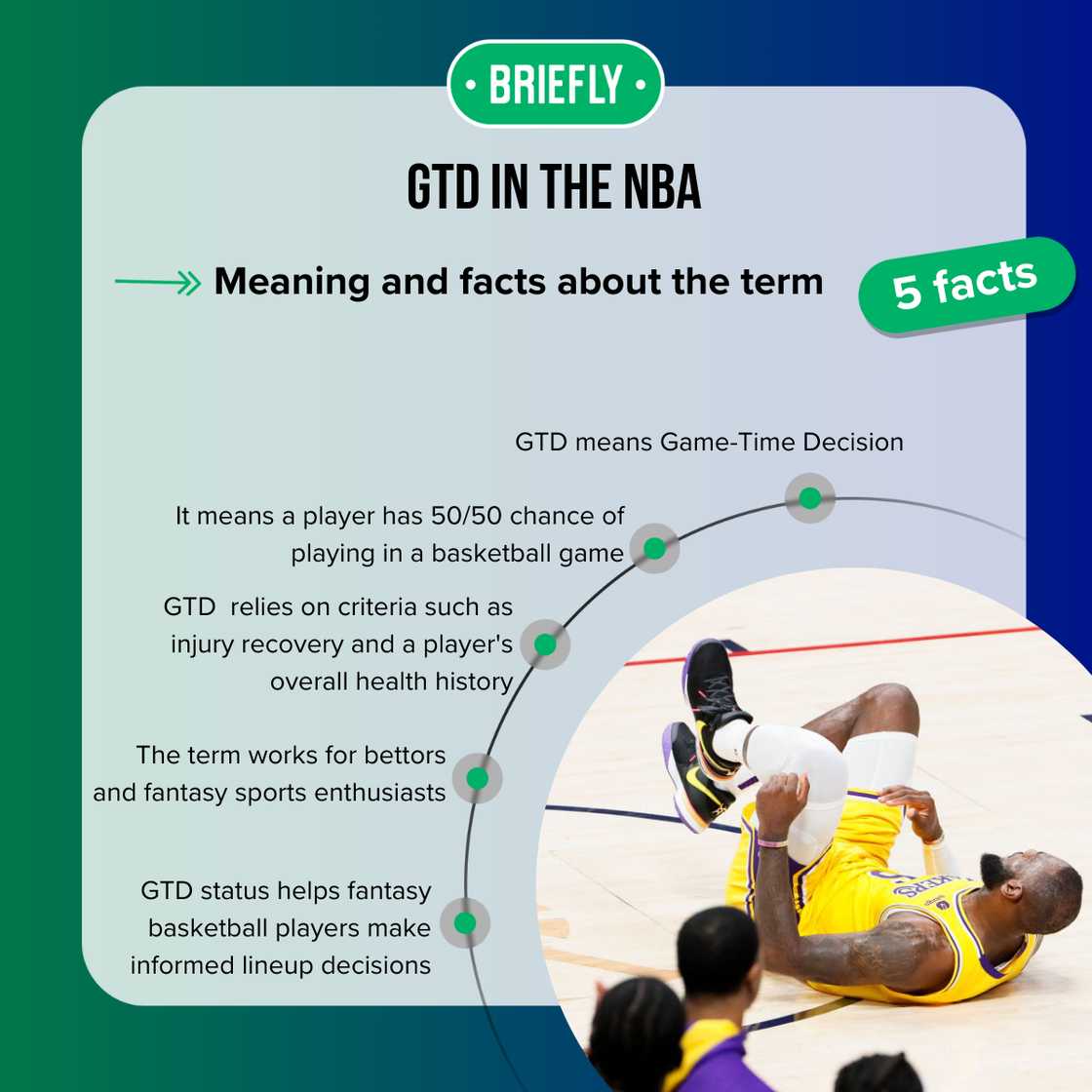
What Is a GTD Status?
A GTD status in the NBA signals that a player has a 50/50 chance of playing. This designation is used when a player is dealing with an injury or illness that makes their participation uncertain. Behind the scenes, it involves a lot of moving parts—medical evaluations, consultations with the coaching staff, and intense preparation both physically and mentally.
Medical professionals and coaches work together to assess the player’s recovery progress, pain levels, mobility, and overall health history. They weigh the pros and cons, considering both the player’s well-being and the team’s strategic needs. It’s all about making the best decision for both the player and the team.
What Does GTD Injury Mean?
When a player is listed with a GTD injury, it raises questions about their health heading into the game. Medical staff evaluates them closely, assessing whether they’re ready to step onto the court. The final decision is often made after warm-ups or a thorough medical evaluation, keeping opponents guessing until the last minute.
This uncertainty keeps the game dynamic and exciting. For instance, Jared McCain’s injury during a game against the Brooklyn Nets had everyone on edge. His status was GTD, meaning his participation was uncertain right up until the tip-off. Coaches and medical staff monitor the player’s condition closely before making the final call on their availability.
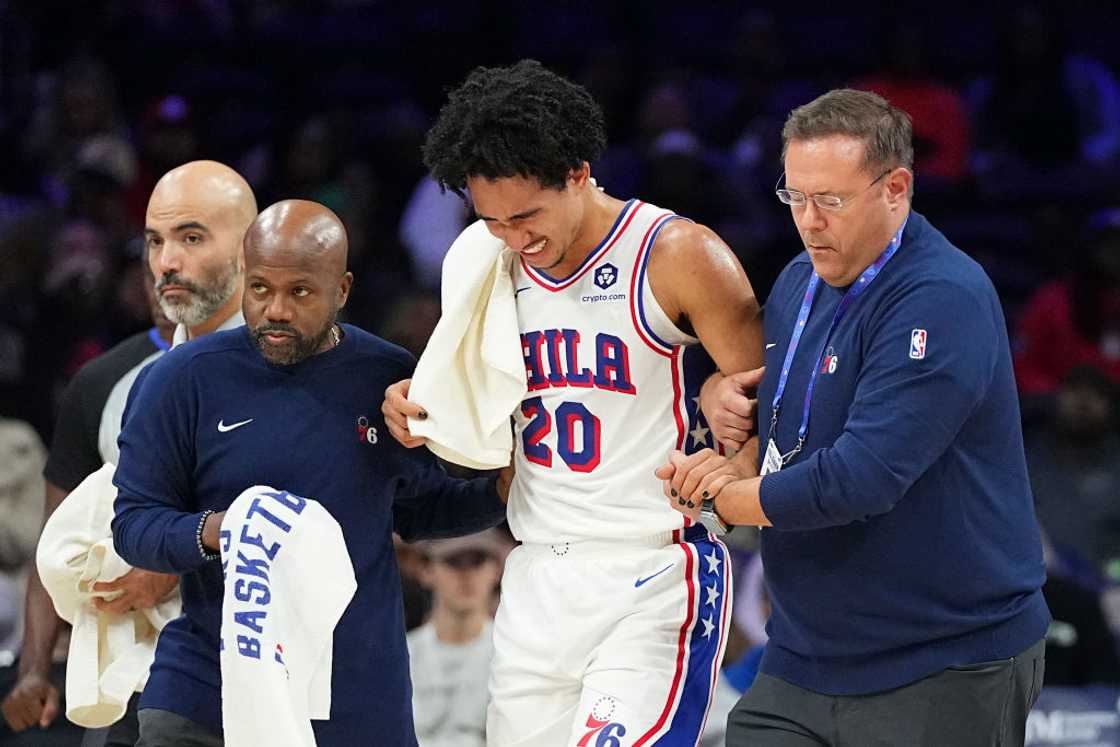
This status can ripple through NBA betting odds, game strategies, and fantasy basketball rosters. According to All Acronyms, there are other injury designations in the NBA, such as:
- Out (O): The player won’t participate in the game.
- Probable (P): The player is very likely to play.
- Questionable (Q): The player has a 50% chance of playing.
- Doubtful (D): The player is unlikely to participate.
- Out (long-term): The player will miss at least a week.
- Injured Reserve (IR): The player is out for an extended period or the rest of the season.
What Does GTD Mean in an Injury Report?
According to ESPN, seeing GTD (Game-Time Decision) in a team’s injury report means the player’s participation is uncertain. This creates suspense and adds a layer of complexity to the game. Players must prepare to compete while dealing with the uncertainty of their status.
Read also:A Heartwarming Gesture That Made The Internet Melt
For bettors and fantasy sports enthusiasts, this designation is crucial. Monitoring injury reports and team updates can significantly impact decisions. As per the NBA’s official website, teams must submit injury reports by 5 p.m. local time the day before a game (or 1 p.m. for back-to-back games). These reports include the player’s participation status and specify any injuries, illnesses, or rest-related absences by the 2024-25 season.
How Is GTD Useful for Fantasy Basketball Players?
Fantasy basketball players can benefit greatly from understanding GTD status. It allows them to make informed decisions about their lineups. By staying on top of player updates, fantasy managers can plan for potential replacements, adjust their rosters, and minimize risks. This strategic approach can give them a competitive edge in their leagues.
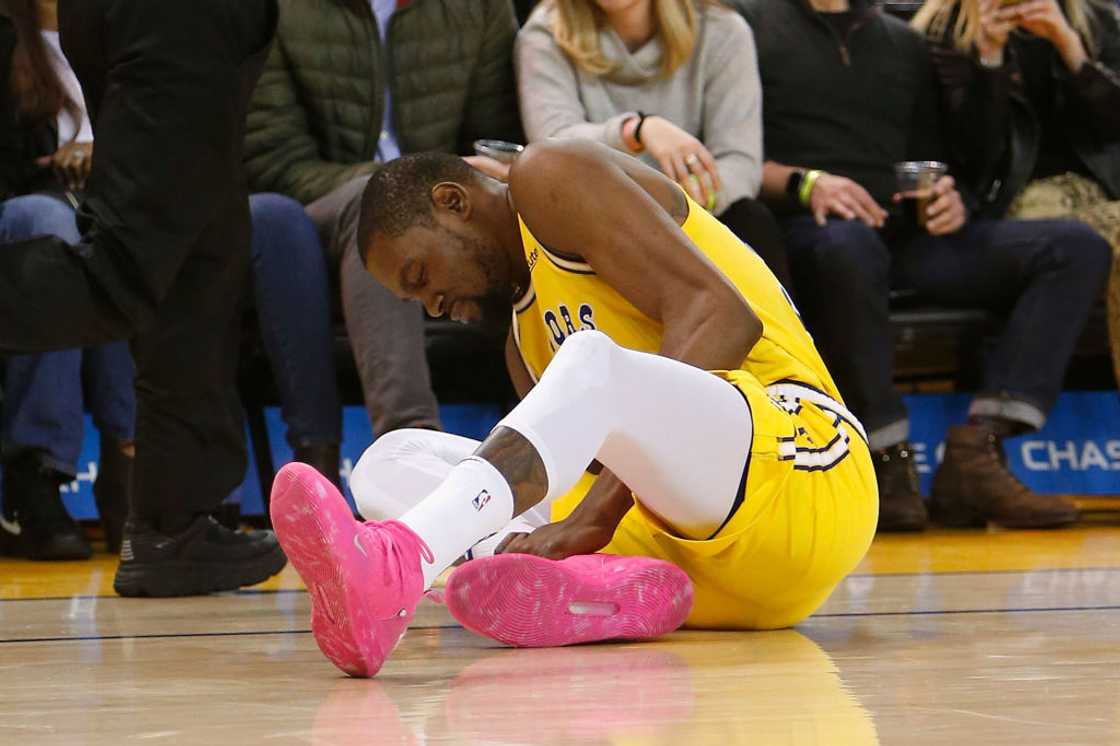
What Does DTD Mean in the NBA?
DTD stands for Day-to-Day in the NBA. This injury designation indicates that a player’s status is uncertain and will be reevaluated daily. It suggests that while the player is unlikely to play in the near future, their injury isn’t severe enough to be listed as out long-term.
Understanding GTD and DTD in the NBA is essential for basketball fans, bettors, coaches, and fantasy players alike. These terms help everyone make smarter decisions, whether it’s about betting, strategizing, or managing fantasy rosters.
READ ALSO: What Is a Right-Winger in Soccer? Position and Role Overview
As published on Site, a right-winger in soccer plays on the right side of the field, supporting the team’s attack by providing width and delivering crosses into the box. Discover more fascinating facts about right wings in soccer.
